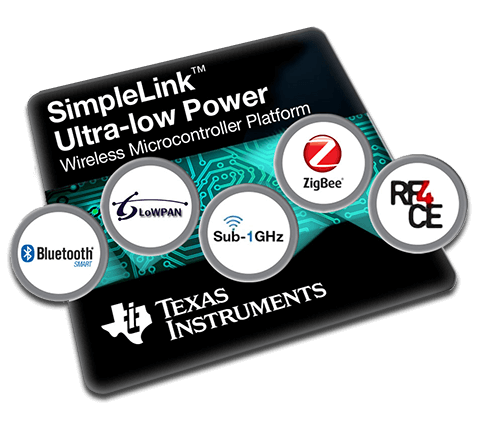GO-IoT hardware is a family of modules to build the solution for your IoT project
The goal is to connect the two worlds of legacy sensors and actuators and future intelligent sensors and actuators.
This is a platform that migrates the past and the future into one homogeneous solution.




